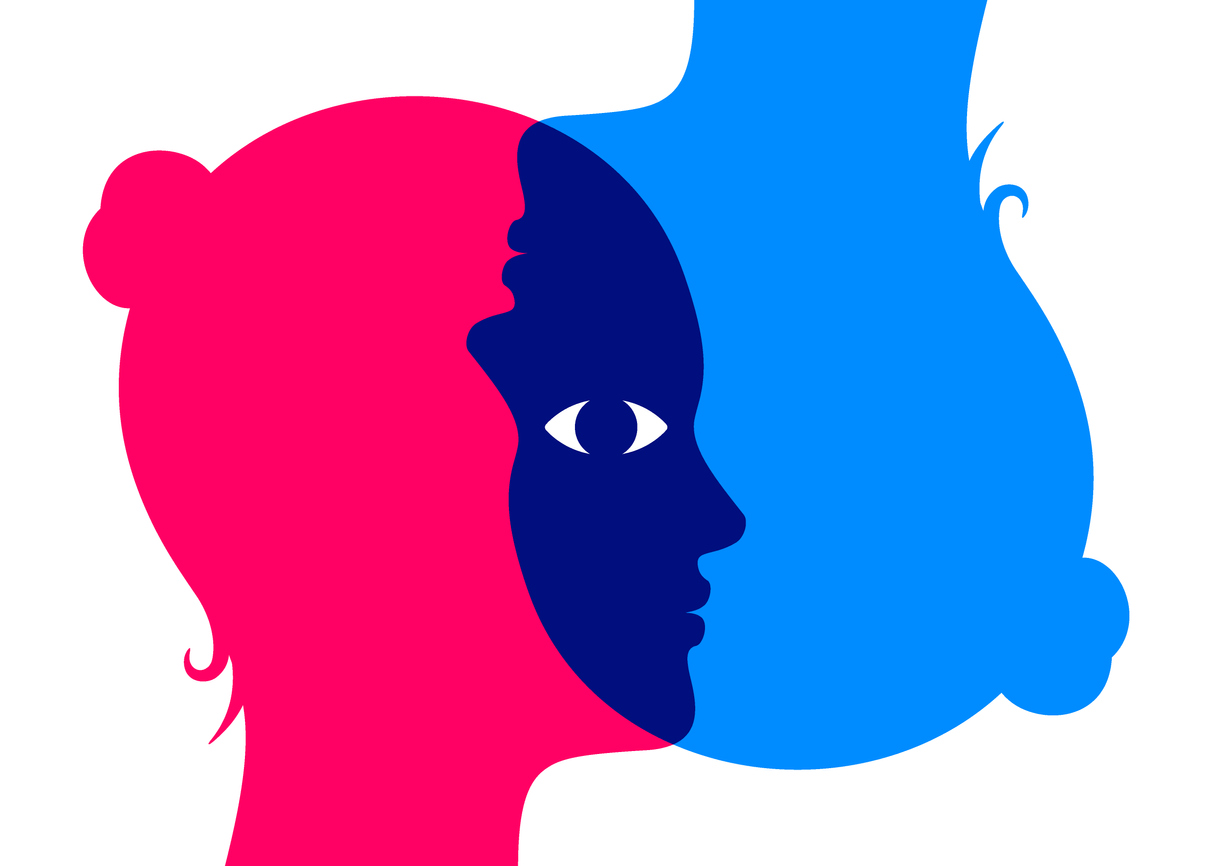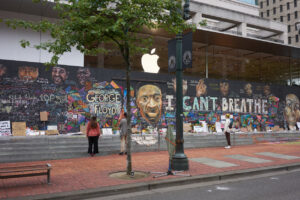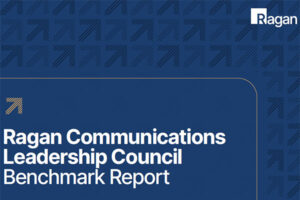How content creators can advocate for on-screen inclusion
A sneak peek at Geena Davis Institute CEO Madeline Di Nonno’s work ahead of her keynote workshop at this winter’s Ragan’s Communications Leadership Council retreat.

This is something that Madeline Di Nonno, CEO of The Geena Davis Institute on Gender in Media, understands well. Since joining the Institute in 2009, Di Nonno has been at the vanguard of AI-assisted research into 2,566 pieces of international content from the Cannes Lions festival spanning 16 years. At the heart of this research is the Geena Davis Inclusion Quotient, the only software tool in existence that can measure screen and speaking time using automation.

Madeline Di Nonno, CEO, The Geena Davis Institute on Gender in Media
“The research is a tool to help inspire change,” Di Nonno told the New York Times upon the tool’s release. “It’s not meant to criticize; it’s meant to have the facts so that content creators can be aware and learn from it.”
“We find that female characters continue to be unrepresented in popular film, and when they are present, they have far less screen time and speaking time,” the Institute wrote.
“This means that simply adding more female characters into films is not enough. To truly address gender inequity, female characters need to be seen and heard as often as their male counterparts”.
Writing inclusion into the script
In the years since this tool launched, Di Nonno has spoken vocally about how storytellers can reckon with their own unconscious bias to bring more explicitly diverse people to the screen. She stresses that a script’s description of a crowd scene should explicitly specify who makes up that crowd.
“It has to be explicit in the script, otherwise it doesn’t happen,” Di Nonno told IF this past June. “We’ll simply look: Is a character being described? If they are, how are they being described? If a character’s not being described and they’re contributing dialogue, could that be an opportunity to infuse more diversity and inclusion in a script without interrupting the authentic story?”
Telling intersectional stories
Di Nonno also understands that gender representation isn’t the only on-screen opportunity for content creators—you can, and should, also make space to spotlight people from multiple underrepresented groups at once. “The other thing we have to think about, is one character can be disabled, an adult 50+, part of the LGBTQ community, and a person of color,” she said. “You could have all of that embodied in one character.”
Members of Ragan’s Communications Leadership Council – senior-level communications executives at leading companies worldwide – will get the chance to workshop their own inclusive content strategies with DiNonno during our winter retreat at the Ritz-Carlton Sarasota Dec. 4-6.
Interested in securing an invitation? Let’s talk!






